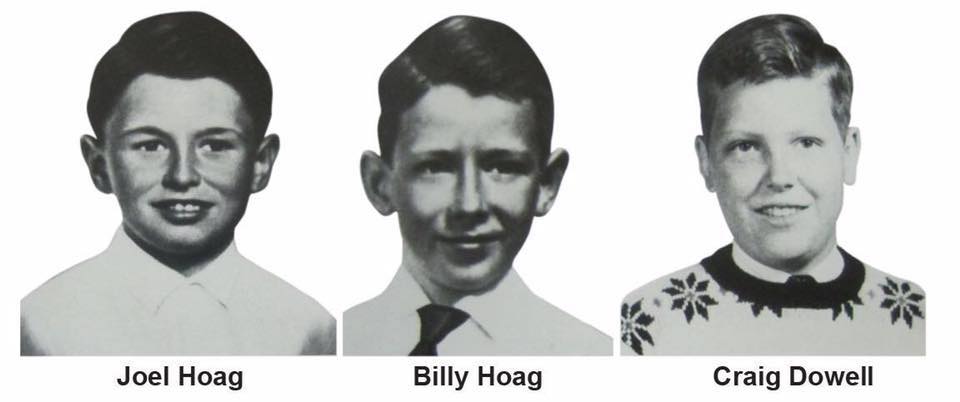|
The
boy was desperate. Gripping a hammer, he smashed the windshield of a family’s
car. Over shards of glass, he clambered inside. Why? The car was his own family’s car, and he thought his parents had locked his gaming device inside. He really, really wanted to keep playing the video game Fortnite: Battle Royale. After this incident, the boy’s parents took their young son to the hospital. He received therapy for 11 days and gave up the game for good. This boy is now 13, and even he doesn’t understand why the game once had so much power over him. He told the Boston Globe, “It’s hard for me to understand why I got to the point where I was playing it so much and what I’d do to be able to play.” Now that he is free from the game’s grip, he realizes how much of a hold it has on his peers: “The little kids on the school bus have gone from Pokeman cards to Fortnite. They’re in third and fourth grades, and that’s all they talk about.” Many parents deceive themselves into thinking that this wildly popular video game is fine because it isn’t as violent or gory as other games on the market. However, Fortnite is so addictive that one British behavioral specialist likened the game to HEROIN. Often described as a cross between Minecraft and The Hunger Games, the premise of the game is that 100 competitors are dropped onto an island, and they gather weapons and build structures for protection while killing off the other competitors. The last player or team standing wins. This extremely popular game has had more than 250 million players, with more joining every day. In 2019, just under a third of Fortnite users played the game 6 to 10 hours per week. The most hardcore players spent 21 hours or more playing the game. In one study, 15 percent of players said they had skipped “a lot” of school to play Fortnite. Children have been admitted to hospitals for malnutrition because they refuse to eat while playing the game for hours on end. The game is breaking up marriages; parents are fighting about who allowed it in the house in the first place. Desperate parents bring their children to psychiatrists and hospitals in a last-ditch effort to break the habit. There is a reason why Fortnite is so addictive. Modern game designers study SLOT MACHINES, which are designed to make gamblers keep coming back for just one more chance to win. This is called a variable reward system. Fortnite capitalizes on the human brain’s love of rewards and exploits the lack of self-control in adolescents, which makes them particularly susceptible to this reward system. The designers of these programs aren’t the only ones to blame. The parents of tech-addicted children should have put restrictions on them to prevent them from becoming addicted in the first place. Whenever I read stories of children playing video games until 4 in the morning, I wonder, Why aren’t the parents making them go to bed? Children want no limits. Even parents believe that limits are generally bad. But children without limits are miserable! If you are a teenager, you are especially vulnerable to addictive technology like this game. Are you allowing yourself to become enslaved to the virtual world? |
Month: May 2019
New Amazon Review

A new Amazon review just posted today. Thanks Mike in Hawaii!
”I grew up near Hannibal. MO. The Lost Boys were about my same age and I went to school with the author of this book. I’ve toured the caves where this event happened – but never any idea these caves were so massive – until seeing the cave illustrations in this book. I liked the book so well, that I bought three more for friends and family. It’s a great unsolved mystery. For me, the potential ties to the notorious John Wayne Gacy are the most intriguing. If you like unsolved mysteries – you’ll love this book.”
If you’ve read Lost Boys of Hannibal and really enjoyed the storytelling, please post a brief review on Amazon. Thank you!
52 Years Ago Today

May 10, 1967 was the last day of normalcy for the Hoag and Dowell families in historic Hannibal, Missouri, Mark Twain’s boyhood home. Joel and Bill Hoag, gregarious kids from a family of thirteen, and their neighbor, Craig Dowell, went off to play and never came home. The search for the trio centered on nearby subterranean cave networks exposed during highway construction. More than three-hundred cavers and other volunteers participated in the month-long effort to find the lost boys, but nary a sign of them was ever discovered.
The story, captured in my last book Lost Boys of Hannibal: Inside America’s Largest Cave Search, remains one of America’s most vexing mysteries. Today, we remember Joey, Billy, and Craig, and their families, as we reflect on this terrible loss.
The Hoag boys were childhood friends of mine. Joey and I, and so many other kids, were modern day Tom Sawyers and Becky Thatchers, exploring the hills, forests and cave openings in our cave-riddled state. Missouri is known as the Cave State with more than seven-thousand caves identified, and more being found regularly as land development progresses.
My next book, Souls Speak, continues the story of the lost boys, as we pursue an astonishing lead into their shared fate. This remarkable paranormal investigation, will be published and available in June 2019.
